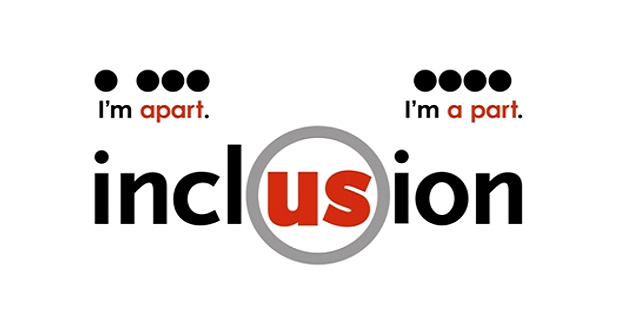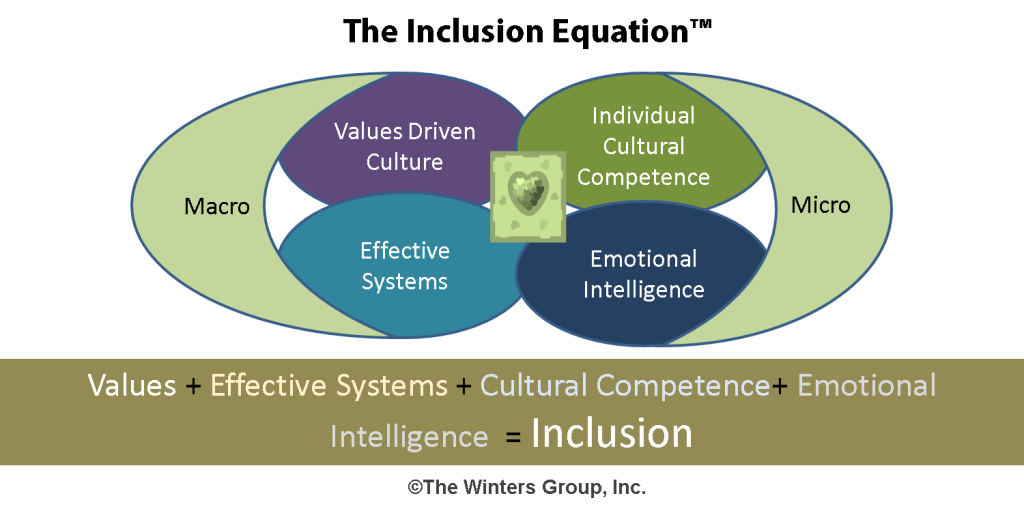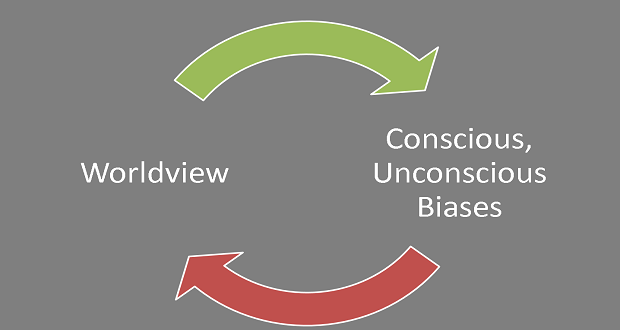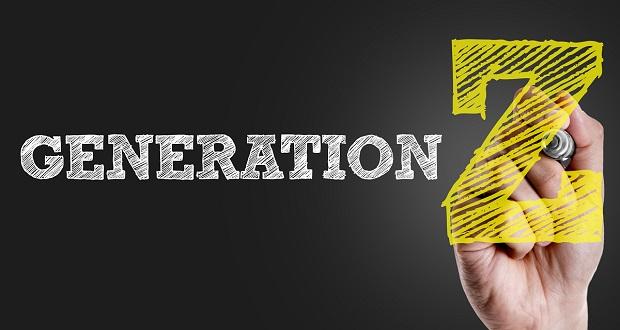
Last week I started this series with the definition of diversity. I concluded it by saying there is diversity in the definition of diversity. Not all organizations define it the same way and that is okay. I believe however, that it is important for organizations to have clear and consistent definitions. Too often I hear from clients, “We still don’t have a clear definition of diversity and inclusion that everyone understands or embraces.”
And sometimes the definitions are merely flowery words on a page that sound good but nobody really knows what they mean or the behaviors that would demonstrate that the organization embodies the words.
Take inclusion for example, diversity’s partner. Somewhere along the diversity journey the term inclusion got added due to the realization that diversity by itself was not the answer. We might look visibly diverse but if we are not including the perspectives of all, including the “non-dominant” in the organization then there is no benefit to diversity and it actually can be a detriment. Those who are not included will leave the organization with all of their skills or “check out” on the job with a why bother attitude. Diversity, not well managed, actually leads to teams performing at a sub-par level where those that are managed well (inclusion), outperform homogeneous teams.
An example of the difference between diversity and inclusion is an experience I had many years ago when I was invited to serve on a health care board of directors. I was the first African American on the board. I was not available on the original date selected to take a picture of the full board for publicity purposes. The date was changed to accommodate my schedule. Inclusion, right? Well, maybe not. During my board orientation, I was advised that because the issues of health care were so complex I should just listen for the first year. I would not be expected to provide any input during this time. So, the organization wanted to demonstrate visible diversity but they were not so interested in inclusion.
As I mentioned in the first post, diversity is the mixture and my friend and colleague Andrés Tapia, author of The Inclusion Paradox, says inclusion is making the mix work.
Inclusion can also be defined as creating an organizational culture where everyone feels valued and respected for their unique contributions. Making the mix work is a tall order and not easily achieved. There are so many variables which impact how included one might feel in the organization. I developed an inclusion equation for a chapter I wrote in the recently released book, Diversity at Work: The Practice of Inclusion (Edited by Bernardo Ferdman and Barbara Deane) to help break down the pieces.

I believe that inclusion happens when all four pieces (values driven culture, effective systems, individual cultural competence and emotional intelligence) are operating synergistically at both the macro and micro levels. For example an individual leader may possess the capabilities—cultural competence and emotional intelligence. However, if the organizational systems are not in place to support his/her inclusive behaviors at the micro level, employees may still not experience an inclusive culture.
Achieving inclusion is hard work and while many organizations aspire to be inclusive, most fall short. A survey of 350 companies by Bersin By Deloitte last year found that while 75% of respondents said their organizations aspired to be inclusive, only 11% believed that they achieved the goal.


















